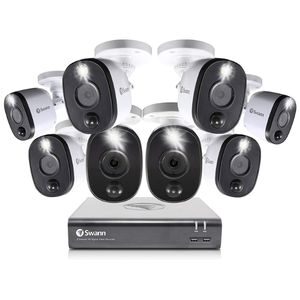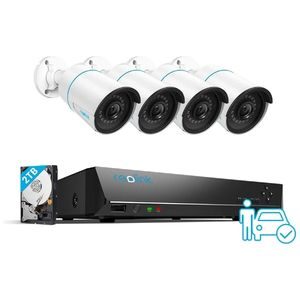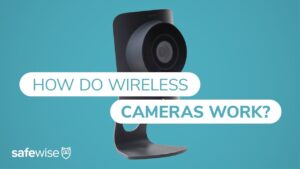Summary: The NVR is a superior option for tech gurus who are fine spending extra for a feature-rich wired or wireless camera system.
A network video recorder (NVR) receives preprocessed video files from IP cameras over an Ethernet cable or wireless connection. With NVRs, IP cameras prepare the video files before sending them to the NVR for . This is different from .
Think of it this way: Analog cameras send the raw ingredients of a cake and the DVR bakes it. While IP cameras make the cake for the NVR to store like a refrigerator.
Ethernet cameras are the most popular IP camera used with NVRs because they use Power Over Ethernet (PoE). This means your surveillance camera gets everything it needs from a single cable that plugs directly into the back of the NVR: video, power and audio.
Because NVR cameras have built-in processors and advanced hardware, they can send more information than an analog video feed. It's much easier to find NVRs and accompanying IP cameras that support audio recording, two-way audio, and smart motion detection that can differentiate between people, cars, and animals.
Plus, the video data is less susceptible to interference. As long as all the ones and zeros of the video file make it to the NVR, the video quality won't degrade. Although the physical signal strength decreases with distance, like on analog cameras, you can renew the signal as it passes through Ethernet switches.
Unlike the specialized coaxial cables on a DVR, an NVR works with PoE-compliant CAT5 Ethernet cables readily available at your local hardware store.










